In Conversation: Cast & Crew of HILOT MEANS HEALER
HILOT MEANS HEALER, a new play by Cahoots Theatre in association with b current performing arts, wrapped up its run at The Theatre Centre at the end of October—but its power is still vibrating in the city, as it triggers memories and cultivates conversations amongst the Filipinx diaspora and beyond. Inspired by the Philippines’ folklore and Indigenous traditions, HILOT tells the tale of the unexpected bonds formed during times of upheaval – in this case, Manila in the midst of the Japanese occupation in World War II.
Written by Jo SiMalaya Alcampo and directed by Jasmine Chen, HILOT follows the story of a makeshift family and their experiences across generations. It begins when Alfredo (Aldrin Bundoc), a young soldier with the Philippine resistance army, stumbles into Manang Flor’s (Carolyn Fe) garden, injured and running away after battle. Manang Flor, who is an Indigenous babaylan healer, takes him in to care for his wounds, but Alma (Belinda Corpuz), a tough and fiery teenage girl who Manang Flor has taken in after a Japanese attack left her alone and orphaned, receives him with skepticism and distrust. Alma suspects Alfredo of being a spy for the Japanese but Manang Flor warms up to him, feeling a deeper connection and sensing his capacity to learn the healing powers she practices. Alfredo for his part is drawn to the garden and the Balete tree inside of it that hides and holds an unknown force.
Throughout the play, we move through space and time learning about each character’s deeply complex and tragic life story. Most significantly, we experience flashbacks to Flor’s youth as she learns about the traditional healing powers through babaylan elders and her own mentor, Ligaya (Karen Ancheta). This relationship is the pivotal piece underpinning much of the mystery and magic that drives this play.
HILOT takes its audience on an emotional journey as these once strangers come together as a family during a time of war and strife, revealing deep ancestral secrets and intense intergenerational trauma. This is all accentuated by the haunting set design of Jung-Hye Kim and the affecting sound design by MaryCarl Guiao who brings the Philippines’ dying art of Obo Manuvu kulintang music to the stage for the first time in Canada.
Although there is a specificity to the play given its rootedness in Filipino history, mythology, music, and language, the lessons in HILOT provide a roadmap to healing in Canada as we reckon with our dark past in relation to the Indigenous nations who came before us and still populate Turtle Island.
A densely-knit and painstakingly-detailed production, it’s no wonder that HILOT took nine years in development before hitting the stage. HILOT has a splash of magical realism, historical testament, spiritual homage, and the beginnings of ancestral healing all wrapped in a two-hour play.
I had the opportunity to sit down with the cast to unweave this tight tapestry and uncover even more layers to the complex Filipinx experience and its parallels to Canada’s own history.
On the origins of HILOT MEANS HEALER
Jo SiMalaya Alcampo (JSA): This comes from our story. Our people’s story. From our survival. Throughout all the atrocities we’ve had to endure, our people have always resisted. If you look at our history, every attempt at colonization has been met with a people’s resistance. I wanted to tap into where that spirit comes from – our collective soul, our kapwa.
And of course, it comes from my family. My family has always told stories of our past ever since I was a little kid. But when I got older and started asking deeper questions, it was met with hesitation. They would say, “I don’t want to talk about that. We’re here in Canada now. We came here to give you a better life so that you don’t have to dwell on those things.”

Belinda Corpuz and Aldrin Bundoc in HILOT MEANS HEALER. Photo by Sameera Khan.
There’s intergenerational trauma here that, if we don’t release and heal, can really hurt us. Our generation that didn’t experience the war have been raised by folks who were, but who haven’t yet begun that healing process.
And healing can be a whole spectrum of different things. In Haudenosaunee belief, when you heal in the present, you also heal seven generations in the past and seven generations in the future. It’s quite powerful what can happen in small gestures. And the gestures I know are artistic.
On Indigenous community in the Philippines and the connection with Indigenous nations on Turtle Island
JSA: We have over 110 ethno-linguistic Indigenous groups in the Philippines. About seven years ago, I went with a group of Filipinx from Toronto and we did a presentation at the Kapwa Conference in Baguio where we met with a lot of Indigenous leaders to bridge academia and Indigenous knowledge. The first day was dedicated solely to listening to the Indigenous leaders and their teachings. It was a humbling experience and a transformative journey.
When we returned back to Canada, we created a mutual support group called the Kapwa Collective and that’s how we learned how to ground ourselves here. We began working with Indigenous communities here on Turtle Island while also connecting with folks back home in the Philippines.
On how Indigenous practices – both Filipinx and on Turtle Island – influenced the production process
JSA: We started with Lindy Kinoshameg, who is Odawa, Pike Clan, and who is an artist and educator through INDIGENizeUS at Young People’s Theatre. He came to our first meeting together as a cast and crew.
Karen Ancheta (KA): This guided our process and really set the tone for us. Lindy come in to teach us about the medicine wheel and the Seven Ancestral Teachings of the Anishinaabe: courage, love, wisdom, respect, humility, truth, and honesty. His teachings are universal and everyone part of this production was there – from administration to cast and crew.
JSA: We wrote the teachings on different cards and there were also dodems and animal teachings. He asked us to talk about what we see or how we feel. There was no right or wrong answer. The cast put it up on their dressing room and at least once a week, they connected with that. That grounding process as guests on Turtle Island, as folks who experience colonization in our own home, is a guiding principle. It’s a way for our own community to reach for our own kapwa values.

Belinda Corpuz and Aldrin Bundoc in HILOT MEANS HEALER. Photo by Sameera Khan.
MaryCarl Guiao (MCG): HILOT is also both a part of the national premiere of the Lumad kulintang, the series of vertically-hung, knobbed, tuned gongs, as well as a part of the premiere of Obo Manuvu music on Turtle Island soil and in the West in general. I perform all live instrumentation and sounds, including with pre-colonial instruments made by Lumad and Maguindanaon tribal members, to help transport everyone back in time to decades and centuries ago, as well as to help regenerate awareness about our sophisticated, intricate culture and arts prior to colonization. I’m blessed to be mentored by teachers born and raised in Obo Manuvu at the foot of Mt. Apo, the highest mountain and volcano in the Philippines.
On what it’s like to perform a story that speaks to one’s roots
Carolyn Fe (CF): It brought me back to the old stories that my Lola and my whole family lived. It brought me back home – all the little sayings, all the little habits. It’s just home.
Belinda Corpuz (BC): It brought me to this ancestral journey. My grandparents are survivors of this war and here I am embodying this character who is a representation of that.
Aldrin Bundoc (AB): It’s nice to be able to tap into our culture, and to perform and inhabit that on stage. We can hone in on that really easily and it’s just nice to be able to show something that is very uniquely us.
CF: Because of who we are, we didn’t waste time explaining – we went straight to the point. My non-Filipino friends who have seen the play have sent me messages saying, “So that’s who you are. That’s the you who you say you cannot pronounce openly and outwardly in our social gatherings.” This is me.
KA: When you work with Filipinos, it’s like working with your cousins. We have this shorthand. This culture, this bonding.
JSA: In Haudenosaunee teachings, that’s called blood memory.

Karen Ancheta in HILOT MEANS HEALER. Photo by Sameera Khan.
On what audiences should take away from HILOT
BC: Love. And all the different ways in which love shows itself. You see it in so many ways in this play.
AB: Ancestral healing. This play, in a way, is a vessel for us to recognize that yes, there has been hurt, and trauma, and things we don’t even know have been passed on to us. But there are ways to move on. This play is a vessel for that. How can we, as a community, move on from any ancestral hurts that we’ve experienced?
KA: I want people to come in for the ride. I want them to sit down and just be blown back for two hours! To be completely filled up with – they don’t even know what! And to unpack that in the days later. It’s such a ride and I want the audience to feel all the energy that we’ve put into this.
But I also want the audience to play with the imagination of what our land could look like if it were never colonized. Take your brain there. See the magic of our pre-colonial times.
JSA: That people be in their bodies. I believe that we are spiritual beings on a human journey. These are just our body skins. Our spirits continue on and we can access our ancestors and our spirit guides. We can do that by connecting with land, protecting water, and being in solidarity – consensual solidarity – with Indigenous peoples.
If we can connect in this way, then we can connect with our feelings. And that’s the beginning of healing. What do we say in the play? “When you can be affected by the wounds of another, that’s where love begins.” We can offer that to each other and to ourselves and to the land and to the water and other spirit beings. If this play in some way contributes to that, then I am so happy. I’m already happy.
On Collaboration and Community Care
JSA: I would really love this play to encourage more discussions around community care because that’s how I felt as an emerging playwright from Cahoots and b current. This story has been in development for 9 years. Marjorie Chan, my dramaturge, has always told me that it has never been a matter of “if” we were going to produce this, it was just a matter of “when.” And for me, that kind of belief is when people are putting community care into your process and growth.
This whole production is a collaborative effort. There are so many gifted people involved. We’re ordinary people – tao lang tayo. We’re not super beings, but when you can gather collectively with a shared intention, you can create beautiful things.

Aldrin Bundoc and Karen Ancheta in HILOT MEANS HEALER. Photo by Sameera Khan.
On what lies ahead
JSA: I think I’m going to write another play because there is so much unfinished business for each of the characters. There is so much richness in each story that I’d like to explore next for part 2.
BC: It really is a saga!
CF: It might not be the same cast, but I suspect that this play will go on. It will evolve and it will change. Jo will evolve this story, keeping honour to the ancestors and to our history. I’d be curious to see this in 15 years. Where will we be economically, environmentally, politically? I suspect it will be just as pertinent then as it is now.


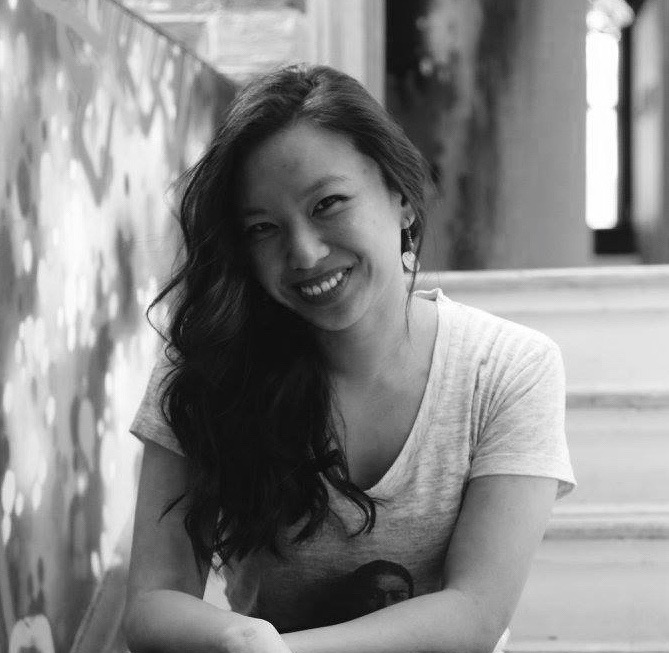






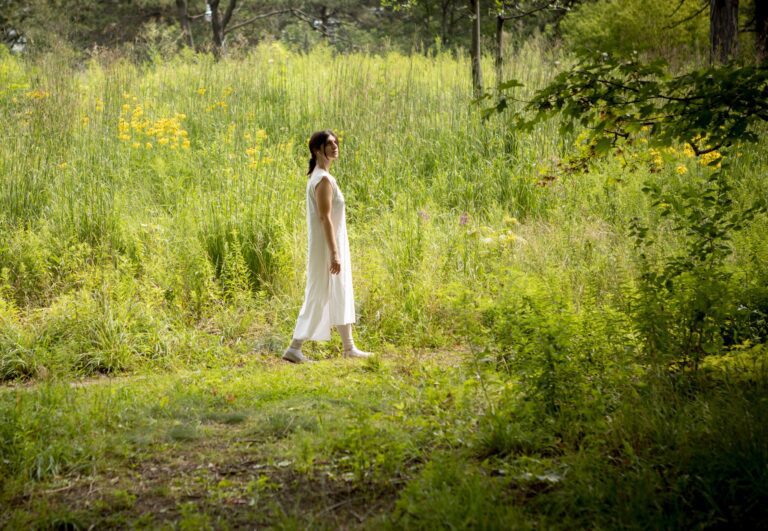
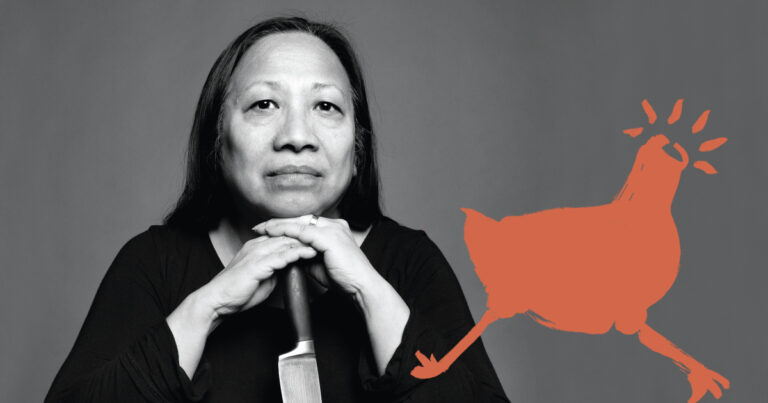
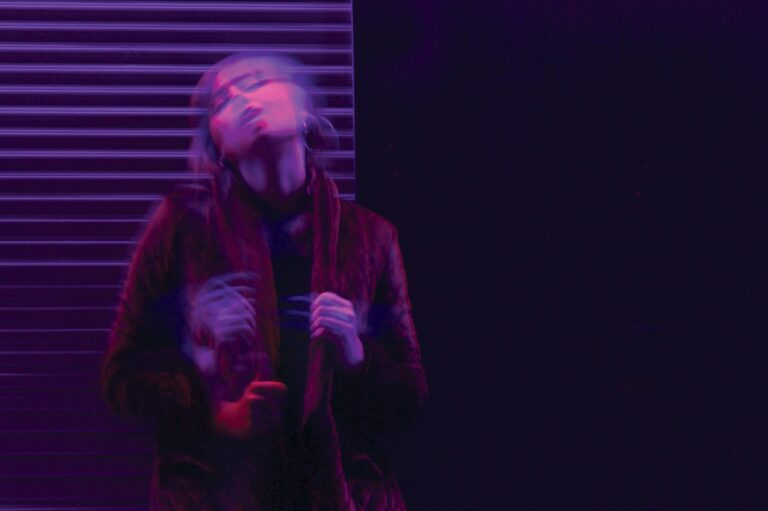
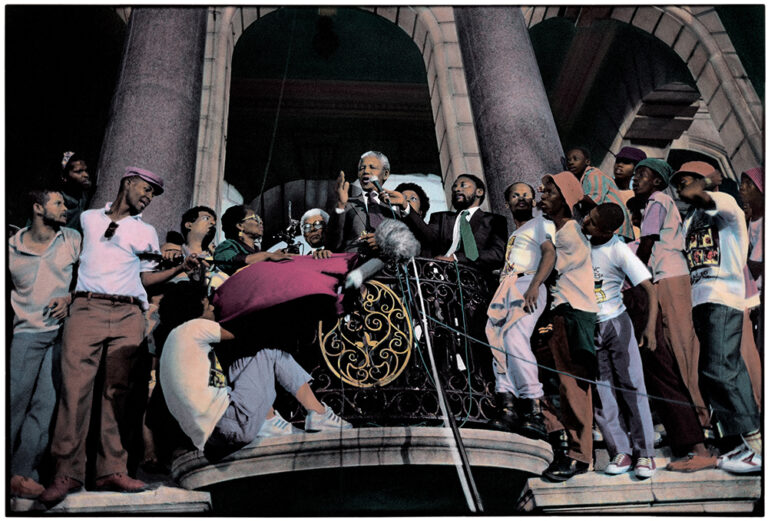
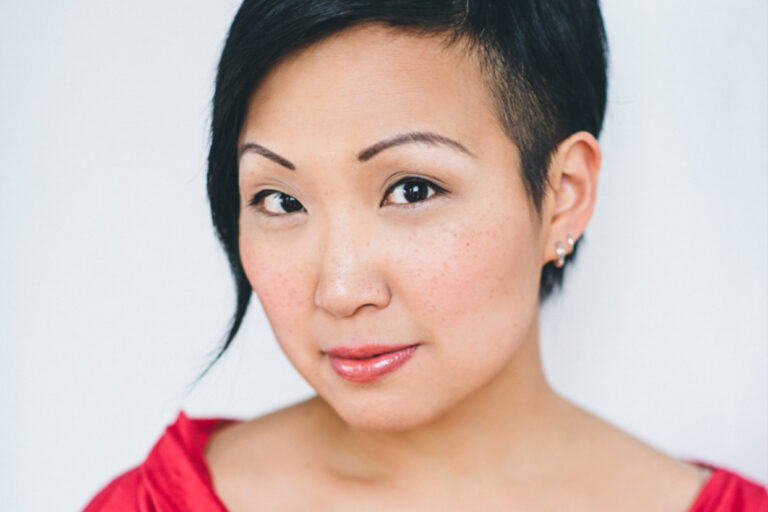
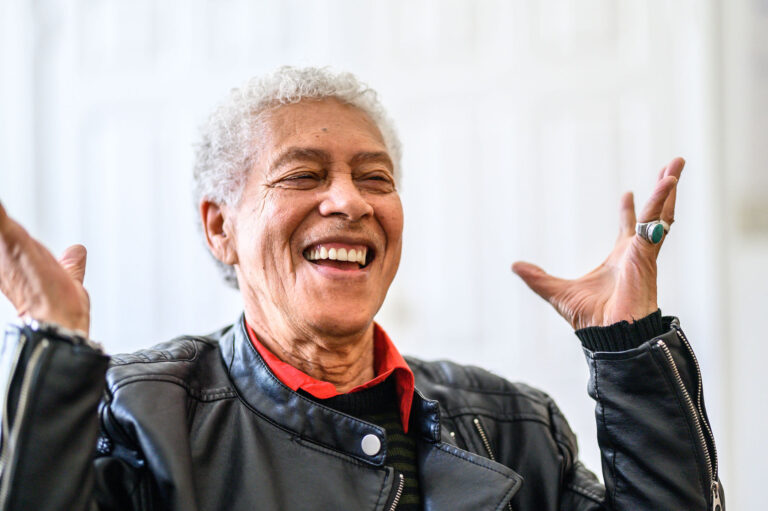
Comments